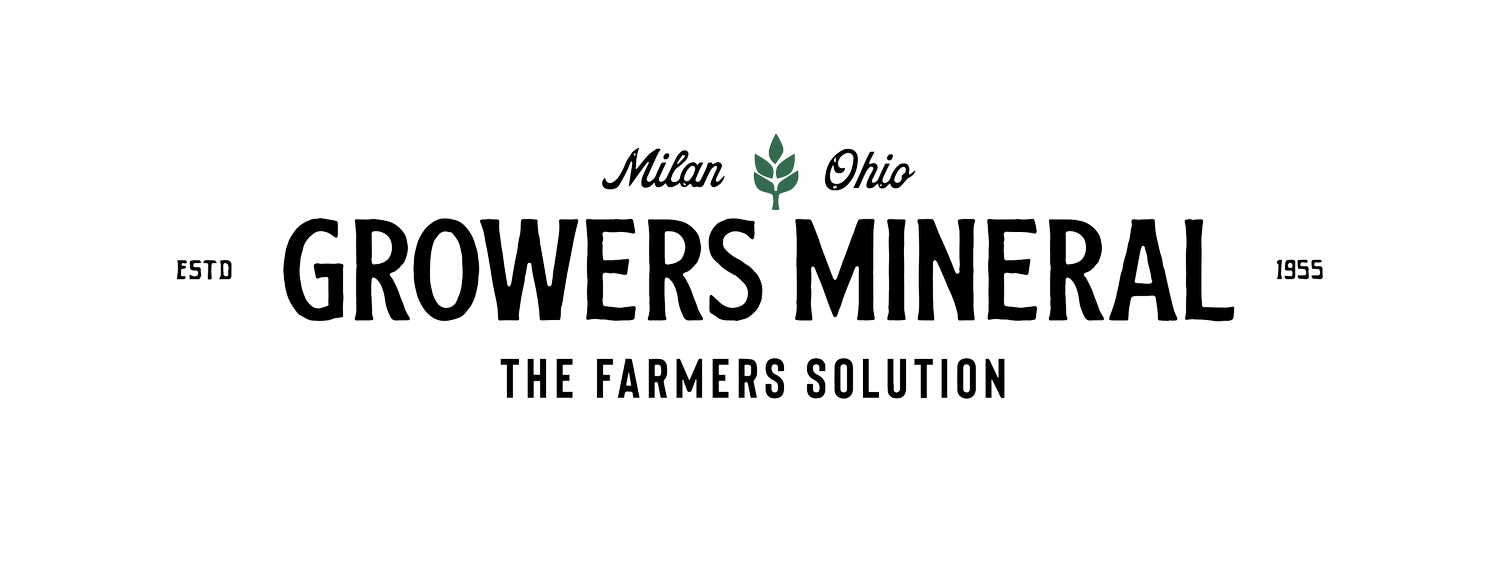An Un-Expected Colorful Experiment
Most farmers have experienced the negative effects that most fertilizers have on metal.
The GMS research team came up with a simple observational experiment taking 1 inch of angle iron and cleaning it before placing the sample piece in 1 fluid ounce of various liquid fertilizers.
The samples were placed in a damp fruit cellar for a month. The thought was to see how much rust was generated among the different samples.
It was very unexpected to see how the fertilizers reacted and changed the mostly clear (except for 10-34-0 which was light green) liquids to a mostly colorful display.
3 months after the experiment was started, by far the most rusted metal was in the dry fertilizer sample (which had been liquified to match roughly the same TDS as the GMS and 9-18-9 samples). (Fig 4.2 right side)
The most unusual of the sample was a 3-18-18 fertilizer commonly used in tomatoes in the south. Not only did the material turn a strange color but a thick gel-like scum formed all around the metal sample piece. (Fig 4.2 left side).
Growers Mineral Solution, followed by the high grade 9-18-9 had the least color and metal interactions of all the samples.
One wonders what kind of effect color and rusting of the metal has on the soil biology and plant root’s health and development.
Fig. 4-1: Small cuts of cleaned angle iron were place in various liquid and liquefied dry fertilizers. Upper left 4-13-17, a common dry fertilizer (liquefied to roughly the same TDS as the GMS and 9-18-9 samples) and 10-34-0. Lower left—3-18-18, GMS, high grade 9-18-9. All liquids were clear except the 10-34-0 (upper right).
Fig 4-2: 3 Months later the dry fertilizer (right) and a popular once liquified dry fertilizer(left) are really starting to effect the metal!


